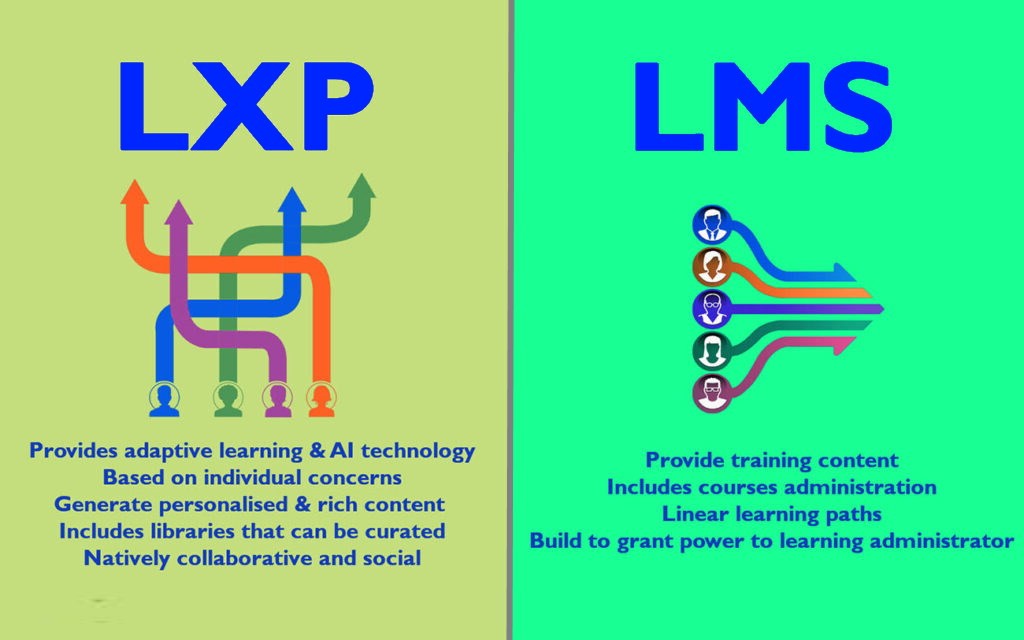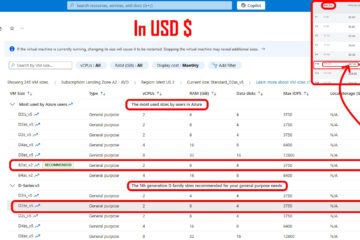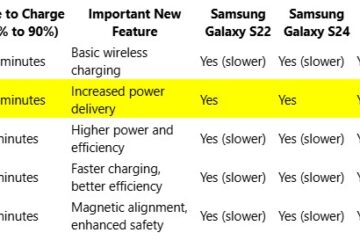COVID-19 has significantly altered the way people learn. So when it comes to delivering online corporate training, you may be wondering which tool or system you need going forward. Is it an LXP or an LMS?
Of course, in light of the ongoing debate, organizations and educators must make the difficult decision as to which is better.
While some businesses thrive on the flexibility provided by LXPs, others require the order and structure provided by LMSs. Unfortunately, choosing one is more complex than rolling the dice. It necessitates thoroughly examining your requirements and the best way to meet them.
But who said it had to be “either…or…” when it comes to learning experience platforms vs. LMS? What if it’s a winning formula? What if integrating the two systems could double our benefits? Let’s find answers to these questions.
This article will look at the benefits of integrating LMS and LXP. Let’s begin by understanding these acronyms first.
What Is An LMS?
An LMS is a software to administer, manage, and track formal online training courses. Its main advantage is that it may either replace or supplement in-person training. LMS is also a scalable solution. No matter where or how many learners you have, with an LMS, everyone has access to the necessary training without having to leave work or travel.
Your employees simply log into the LMS, where they can enroll in mandatory safety and health or compliance training courses. They can also self-select courses like a new product launch overview from a library.
Furthermore, an LMS is designed to be administrator-led, which means that your firm controls what training your employees receive. Your administration team guides learners through the information that will benefit them and your company.
Depending on the solution, LMS features take many shapes and forms. Standard features, however, include course design, SCORM-compliant material support, branding, certification, examinations, gamification, LMS integrations, learning portals, and reporting.
What Is An LXP?
A learning experience platform, or LXP for short, is software that allows businesses to let their employees learn and build skills independently.
An LXP’s material is on-demand, much like Netflix or Spotify. The LXP searches the internet and proposes podcasts, blogs, videos, and webinars or compiles them for the learners. Your learners can then decide what and when to learn in an informal setting.
An LXP provides features such as user-generated content, content production and curation, learning customization, and more. It also gives your company visibility into what your workforce is learning, allowing you to determine the impact of learning and skill-building.

Advantages Of Integrating LMS And LXP
Solutions like LMS or LXP positively impact your company’s learning strategy, but when combined, they become much more potent. Your company gets a chance to connect formal and informal learning by integrating an LMS and LXP. This provides your employees with a comprehensive learning experience.
Let’s go into more detail to understand how this benefits your business. The following are essential advantages of LXP and LMS integration:
1 – Learning For Every Occasion
Formal learning excels at compliance and mandated instruction on a large scale. However, if the only way to learn is through formal instruction, learners may be discouraged from learning new abilities.
While there are numerous ways to improve the learning experience within an LMS (such as designing learning games or incorporating storytelling), formal learning is not intended to assist employees in finding information when needed.
This is where connecting your LMS and LXP can help. Invite learners to join a collaborative workspace on the LXP after they have completed formal training on the LMS. Employees can then review course content and real-life instances in which they can apply the knowledge they have gained. Here SMEs can also answer queries from learners, and anyone looking for specialized job knowledge can rapidly browse this workspace for solutions.
Employees can also share resources relating to course content in workspaces, which may contain other courses they can self-enroll in using the LMS. This generates a virtuous learning loop in which learners wrap up a formal learning experience, access informal ideas from peers, and then undertake additional formal learning on their recommendation.
2 – A Straightforward “Single” Solution
Even though there are two systems, it feels like one. Learners do not need to switch between the two systems to engage in formal or casual learning. Instead, everything is offered in a single solution. This means that:
- When learners wish to watch a webinar or peruse a blog, the LXP takes over.
- When customers select a course from the catalog, they are directed to the LMS.
Hence, there is no additional logging-in, no monitoring of different solutions – simply learning.
3 – A Modern And Adaptable Learning Solution
With an LMS and LXP integration, you can offer compliance-based training and instructor-led alongside peer-created social material. You may also utilize a combination of ways to develop and support learning experiences that are both modern and adaptable across your organization.
4 – Reporting
When reporting on a learner’s performance, simply capturing their formal learning behavior will only tell you part of the story. While formal learning is crucial, your staff will likely contribute and learn in other areas. This could be done through peer conversations, resource sharing, or microlearning.
With an integrated LXP and LMS, you can capture participation with both formal and informal training assigned to the employees. You can learn more about their behaviors, including:
- How frequently does the employee interact with coworkers?
- How frequently do they seek out resources from others?
- Do they share meaningful, helpful information with others?
So integrating your LMS with LXP implies that all information regarding informal and social training is accessible through the same interface as information about formal learning. This decreases the time required to analyze data and measure an employee’s involvement.
Conclusion
In recent years, independent learning has evolved the learning experience. So, you should think about combining your LXP and LMS into what is known as a “Learning System Suite.” With all the benefits mentioned above, it becomes more apparent that an LMS and LXP integration is the need of the hour.


0 Comments